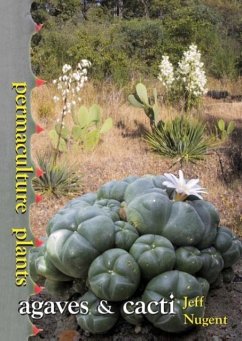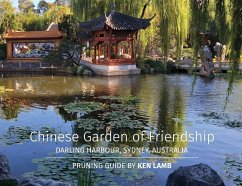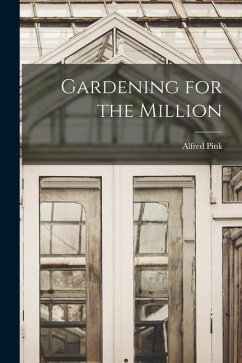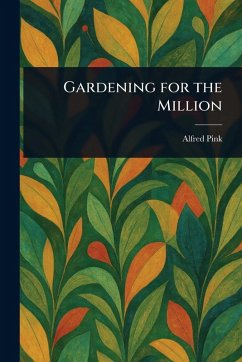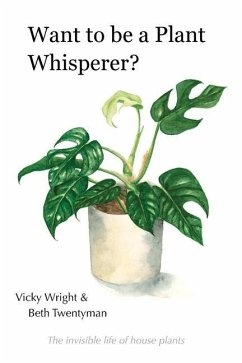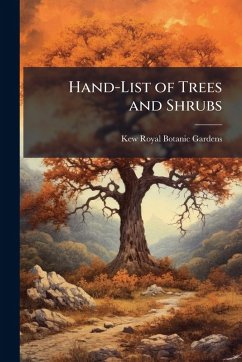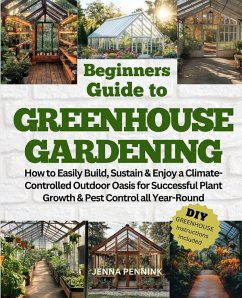
Inviting Nature to Dinner
The benefits of bringing biodiversity to our backyards
Versandkostenfrei!
Versandfertig in über 4 Wochen
22,99 €
inkl. MwSt.

PAYBACK Punkte
11 °P sammeln!
Nature is at a crisis point. The living creatures with whom we share the planet are being decimated by our actions. We are clearing their habitat, changing the climate, poisoning them with chemicals and moving them around the globe so that some become invasive species that threaten others. We may feel powerless to challenge these global trends, but we are not. This book shows how, by starting in our own gardens, we can begin to make a difference, amply demonstrated by Helen's 33-year-old butterfly and wildlife garden. Insects comprise the great majority of all animal species and play key roles...
Nature is at a crisis point. The living creatures with whom we share the planet are being decimated by our actions. We are clearing their habitat, changing the climate, poisoning them with chemicals and moving them around the globe so that some become invasive species that threaten others. We may feel powerless to challenge these global trends, but we are not. This book shows how, by starting in our own gardens, we can begin to make a difference, amply demonstrated by Helen's 33-year-old butterfly and wildlife garden. Insects comprise the great majority of all animal species and play key roles in the ecology of our world, including converting plants into food for other creatures. Many insects depend on specific plants to feed their larvae. By planting these native host plants in our gardens, we can support healthy populations of insects that will not only support the whole complex web of life but will also help protect our plants from the very small percentage of insects that can adversely affect them. An added bonus is that some of these native host plants are also edible for us. Helen Schwencke and Dick Copeman take the reader on an exciting journey into the world of small creatures. While their focus is on insects and other invertebrates from the central east coast of Australia and some of the diverse range of plants that provide their food and shelter, the principles they discuss are widely applicable. Based on both academic and citizen science, eminently readable and beautifully illustrated, their text also provides practical advice on designing your garden and sourcing plants for it, so that you too can join them in Inviting Nature to Dinner. This version is a preview version designed to start a discussion. We seek your feedback, we want to know what you want to know about the topic. If you purchase a copy through any channel other than directly from the authors, and you'd like to be notified when the 1st edition becomes available please join Inviting Nature to Dinner Facebook page: https://www.facebook.com/groups/invitingnaturetodinner and/or the Earthling Enterprises email list: http://eepurl.com/gvLH2n





